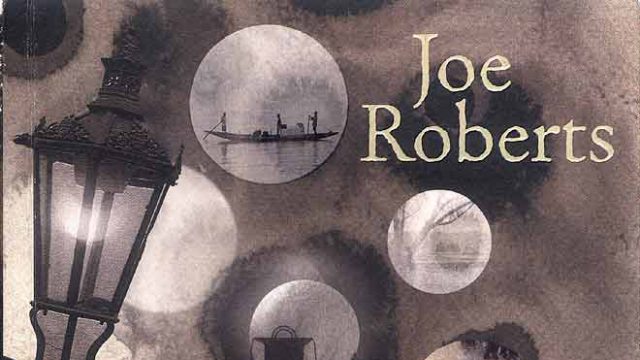The bicentenary of Charles Dickens last year overshadowed that of at least one other contemporary who was born in 1812 and had an India connection. While it is common knowledge that one of Dickens’s sons lies buried in Calcutta’s Park Street cemetery, how many of us know that the other bicentennial man — Edward Lear — journeyed through India and Ceylon during 1873–1875? He made sketches as he travelled and converted them later in his studio into full-fledged landscape paintings. Some of them were later deposited at Yale University. My favourite — from whatever I was able to see online — is Kangchenjunga from Darjeeling, a lush study of the range seen from a gap among the greens.
Edward Lear in India: an incongruous thought but tantalizing in its possibilities. It is hard to imagine the creator of The Dong with a Luminous Nose and the Jumblies wandering around the subcontinent in the company of a valet, sketching feverishly in his drawing-book and keeping a fitful journal. But this is exactly what Joe Roberts has done, though he claims that the inspiration for the book came to him in a dream. Like Coleridge who dreamt up Kubla Khan after reading Purchas, His Pilgrimage, Roberts fell asleep after reading Lear’s Indian journals and with BBC Radio Four on. The result was a dream reminiscent of Satyajit Ray’s Jalsaghar: “… Lear and his servant Giorgio wandered into a black and white Bengali film, with a strange flickering light.”
The result is a splendid novel, dreamlike and insubstantial, lit by a strange light much like Lear’s own landscapes. As he travels along the Gangetic plains, the epileptic Lear is tended to by his masterful Albanian manservant Giorgio. Whispers accompany the strange duo wherever they go (Lear is no pucca sahib himself) but Lear is transfixed by the sights and murmurs of the Indian countryside. The characters which emerge out of the landscape are disturbing and fabulous. There is the faux-Welsh Williams family who run a hotel of dismal report. The hotel gardens are overrun by a plague of monkeys and tended to by a gardener appropriately called Banamali. A painter called Slingsby Moore has decamped without paying his bills, leaving behind a tube of his paintings. A baul sets Lear jumping as his lusty notes trumpet through the air.
As the ghostlike characters flit in and out of the pages, Lear finds himself in Calcutta, a guest of the viceroy lodged in the luxury of Government House. But his encounter with the second city of the empire is not a raucous, gaudily orientalist business. He meets characters who are as brooding and otherworldly as himself, nurturing their private phantoms. There is Chandranath Dey, the scion of a merchant house haunted by a childhood memory of dwarves and surrounded by books he seems to be afraid of. Or the choleric General Spin who has a case of galloping feet and imagines his body parts in a state of atrophy. Rumours and strange revelations come to him unbidden, as a naked man bobs out of the water and engages Lear in conversation. We don’t know when the novel ends, or if there is at all need for a sense of ending. It is, after all, a dream.




